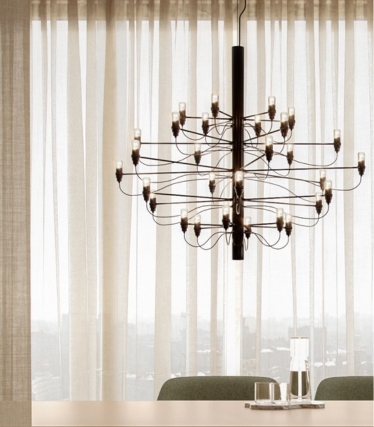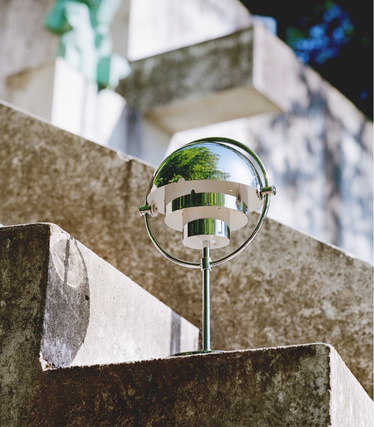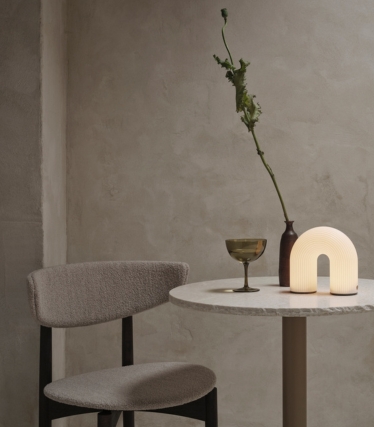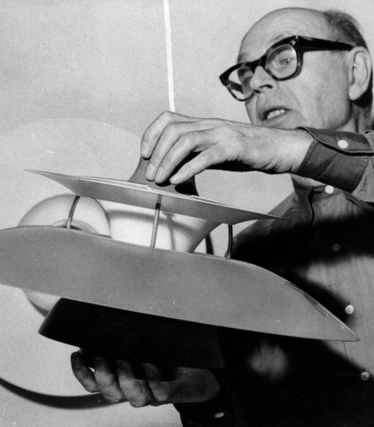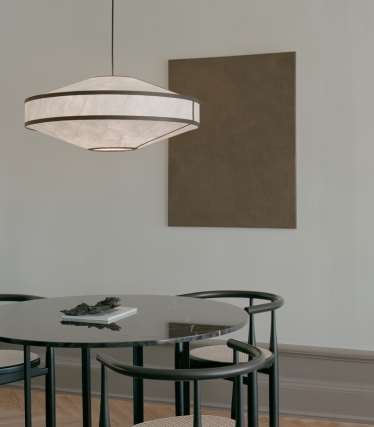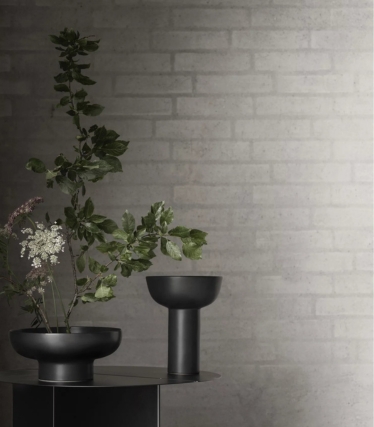)
Bill Curry - the designer behind Stemlite and Obello
THE AMERICAN ZEITGEIST OF THE 1960S LIKEKUNewspapers read how Kennedy promises manned moon landings and stage victories in the space race, over the airports you can hear the screams of the nation's first Boeing 707 jets traveling and shrinking distances in the vast country, the world's first satellite TV signal is broadcast across the Atlantic, and Cadillac abandons its large round arches for streamlined, spacecraft-inspired chrome lines.
The USA was home to a unique zeitgeist between 1945 and the late 1960s, where anything seemed possible. With two world wars won and an economic boom behind them, Americans moved out of the big cities and into large suburban homes on wide boulevards with watered lawns and flags with stars and stripes on flagpoles. 76 million baby boomers were born between 1946 and 1964, while the American mouse with big ears and white gloves took over the world. The glass cages of the Coca-Cola bottle were replaced by an aluminum can and became the image of a bright future of technological progress, civil rights and an industry that gives the American population collective butterflies. No other lamp captures this zeitgeist as well as the beautiful and iconic Stemlite by Bill Curry.
THE HISTORY OF BILL CURRY
The year is 1962 and Bill Curry is in El Segundo - a small town in Los Angeles County. It's an area Curry is likely familiar with, having worked as an ad man and designer in the aerospace industry - an industry that El Segundo has become a hub for in the Golden State on the west coast of the US. Bill Curry had made a name for himself in the industry, but wanted to try something new - so he started a design company called Design Line.
)
Sitting in his bungalow in the coastal town of Playa Del Rey on Santa Monica Bay, the then 35-year-old designer could see the many planes arriving and departing from LAX airport - and there's no doubt that the chrome-plated jets, combined with news of space rockets and space travel, influenced Curry when he sharpened his pencil and designed the Stemlite lamp. A lamp that transcended its function as a light fixture and became an internationally recognized symbol of American excellence.
)
STEMLITE LAMPS
The Stemlite lamp by Bill Curry has been hailed as the most influential lamp of 1965 and used as an example of high-quality American design in the Soviet Union, Yugoslavia and Iraq - a unique design that many will recognize.
It looks like something that could easily be found in the living room of the Jetsons or on the bridge of a spaceship - and that's exactly what it did. If you're an avid viewer of the original Star Trek TV series, Stemlite will look familiar: it adorned the starship USS Enterprise, which became world famous in 1966 when Captain Kirk first sat in his iconic captain's chair on the ship.
The lamp was produced until 1977, when it was discontinued - but luckily you can now buy it again thanks to Danish lamp manufacturer GUBI, who have reintroduced Stemlite in new colors and variants half a century after it first hit lamp retailers' shelves in 1962.
)
OBELLO
Obello was undoubtedly destined to be the successor to the legendary Stemlite - but it never happened.
Bill Curry was only 44 years old and died suddenly in 1971. Often described as the pinnacle of Californian design style, the designer never got to see the sequel to the lamp that made him famous. That's why GUBI recently presented a forgotten design from Curry's portfolio.
Obello is a beautiful lamp with organic shapes that fits perfectly into the atomic age. Its mushroom-like silhouette, opal body of clear blown glass and special light are reminiscent of something that has just landed from outer space - and the lamp proves that Bill Curry was ahead of his time. GUBI has taken the lamp designs from Curry's prototype portfolio and adapted them for today's lighting needs with a rechargeable battery.
